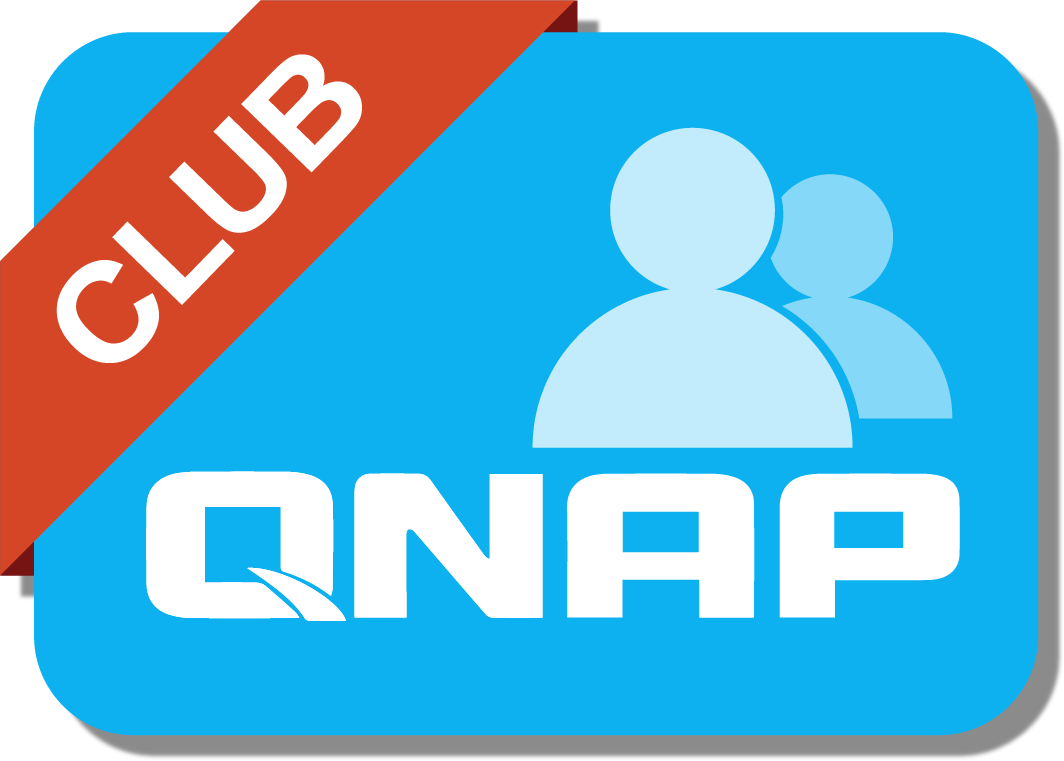Moin,
irgendwie denk ich das müsste doch hier schon mal beschrieben sein, find's aber nicht.
Problemstellung vermutlich ähnlich zu http://forum.qnapclub.de/viewt…48404&hilit=rechte#p48379
Also:
Wenn ich Ordner von extern erstelle (smb mount, von Linux,
wie auch von Windows-Welt gleiches Verhalten....) haben diese keine Schreibrechte.
Beispiel:
Im Verzeichnis /share/HDA_DATA/schwerdt (auf TS109II) habe ich Unterordner erstellt -
z.B test3
Gemountet wird via SMB mount (Eintrag in /etc/samba/smbfstab vom entfernten Linuxrechner:
//nas1/schwerdt /nas1/schwerdt cifs username=schwerdt,password=MEINPASSWORT
Kommandozeile auf dem nas:
/share/HDA_DATA/schwerdt] # ll -d test*
drwxr-xr-x 2 schwerdt everyone 4.0k Apr 2 15:19 test/
drwxr-xr-x 2 schwerdt everyone 4.0k Apr 2 15:30 test3/
Diese Rechte sind m.E. OK
Vom externen Linuxrechner sieht das so aus:
linux-xzy0:/nas1/schwerdt # ls -ld test*
drwxr-xr-x 2 500 users 0 Apr 2 15:19 test
drwxr-xr-x 2 500 users 0 Apr 2 15:30 test3
Das Mapping der Benutzer funktioniert also offenbar nicht korrekt.
Im nas habe ich in /etc/config/smbusers eingetragen:
schwerdt = schwerdt
Dabei steht sowohl in der /etc/config/smbpasswd als auch in der /etc/passwd des nas:
schwerdt:500:..... beziehungsweise
schwerdt:x:500:100:Linux User,,,:/:/bin/sh
Also beides Mal der User mit der ID 500.
Die smb.conf im nas sieht wie folgt aus:
[global]
workgroup = NAS
security=user
server string=NAS Server
encrypt passwords = Yes
username level = 0
map to guest = Bad User
null passwords = yes
max log size = 10
name resolve order = bcast wins
socket options = TCP_NODELAY SO_KEEPALIVE SO_SNDBUF=32768 SO_RCVBUF=32768
os level = 32
preferred master = Yes
dns proxy = No
config file = /etc/config/smb.conf
smb passwd file=/etc/config/smbpasswd
username map = /etc/config/smbusers
guest account = guest
directory mask = 0777
create mask = 0777
oplocks = yes
locking = yes
disable spoolss = yes
load printers = no
dos charset = ISO8859-1
# force directory security mode = 0000
template shell = /bin/sh
veto files = /.AppleDB/.AppleDouble/.AppleDesktop/:2eDS_Store/Network Trash Folder/Temporary Items/TheVolumeSettingsFolder/.@__thumb/.@__desc/
delete veto files = yes
map archive = yes
map system = yes
map hidden = yes
map read only = yes
use sendfile = yes
case sensitive = auto
deadtime = 10
display charset = UTF8
Und der Abschnitt des speziellen Verzeichnisses habe ich jetzt schon sehr gutmütig angepasst:
[schwerdt]
comment = Ralphs - home auf NAS1
path = /share/HDA_DATA/schwerdt
browsable = yes
directory mask = 0777
create mask = 0777
public = yes
invalid users = guest
read list =
write list = schwerdt,admin,@"everyone",@"administrators",@"familie",@"freunde"
valid users = root,schwerdt,admin,@"everyone",@"administrators",@"familie",@"freunde"
in Qmultimedia ists nicht anders. Da ich nicht wirklich verstehe warum das nicht
geht, habe ich mal die Finger davon gelassen jetzt alle /etc/config/smb* - Dateien wild zu editieren.....
In der Weboberfläche hat der Benutzer schwerdt rw-Rechte auf sein Verzeichnis:
schwerdt.
Any idea?
Gruß "schwerdt"

